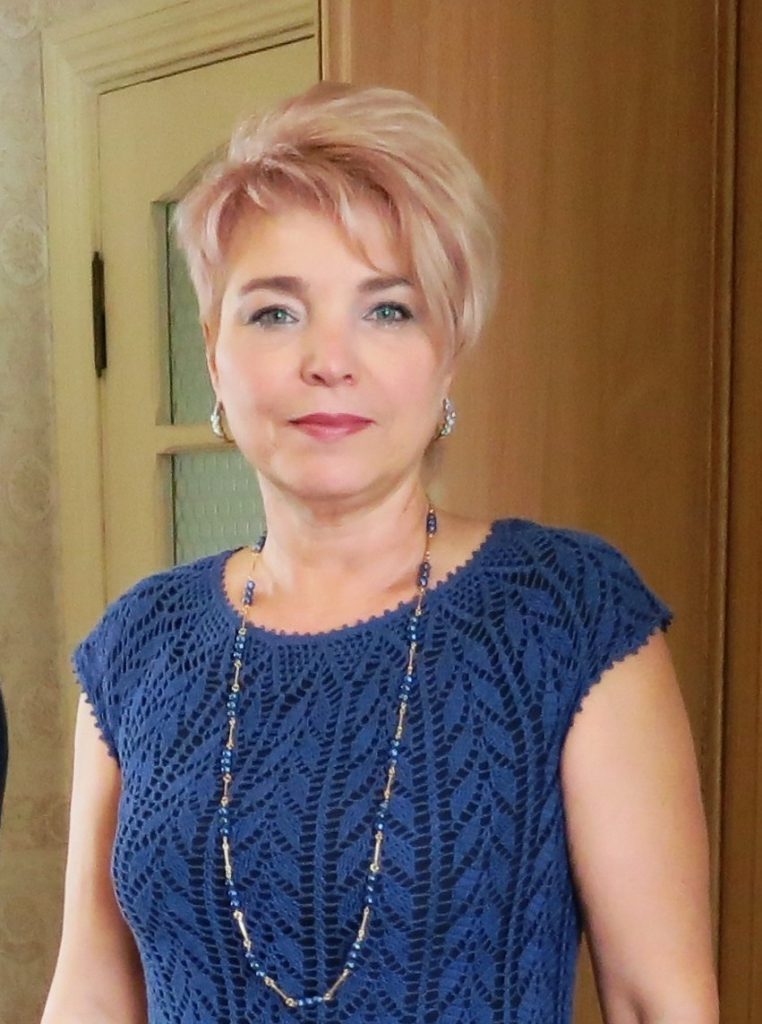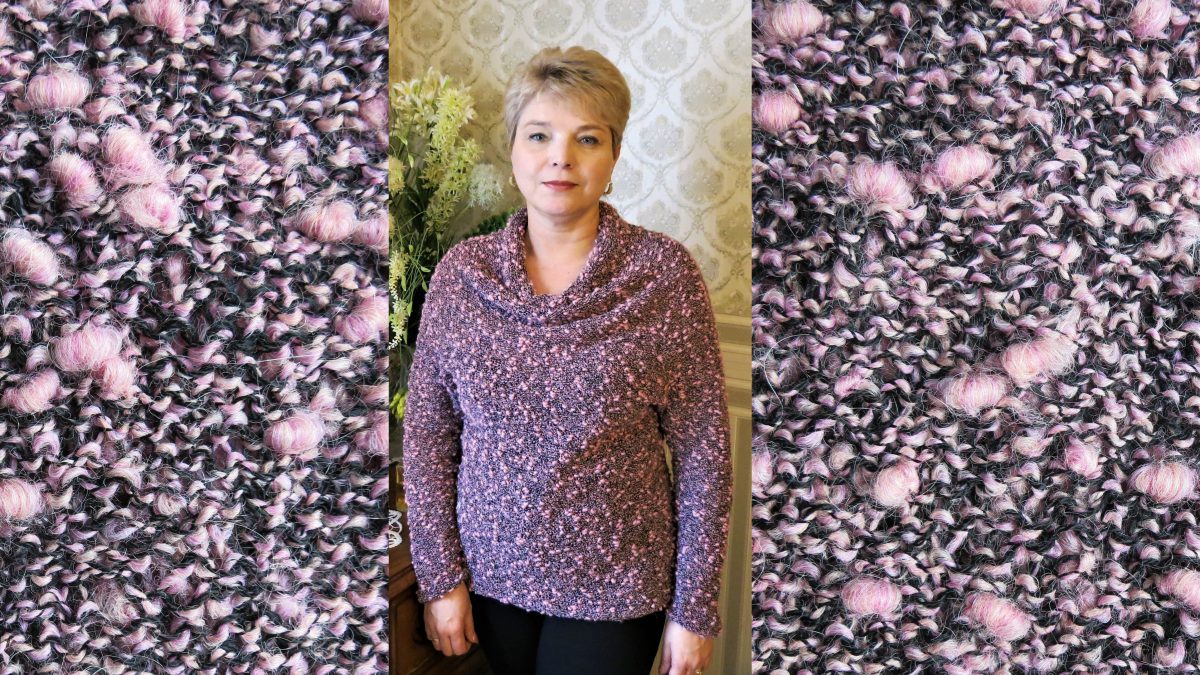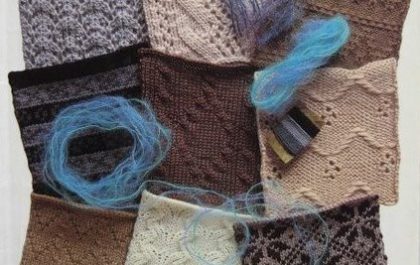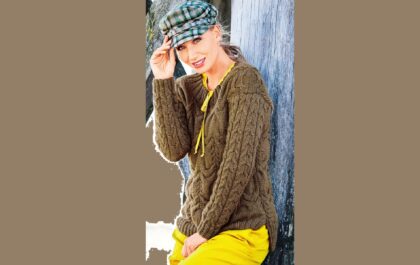
Are large collars back in fashion or not?
But if you follow fashion, then you know that today models with cape collars and large knee socks and collars are in fashion.
It is difficult to decide on the name of the large collar.
All designers and stylists give their name. If for you it’s just a large collar, then for the craftswoman who created the model it could be a golf necklace, a collar, or even a cape.
At their core, such collars can be called universal, both in terms of additional warmth and beauty. For a feminine look, it is enough to beautifully lay it on your shoulders, drape it and secure it with jewelry, brooches, and decorative pins. For warmth, it can be folded into a scarf shape or turned into a cozy hood. There are many options, and they depend on the choice of collar model.
Description - Redy – collared sweaters - swing




Description - Redy – collared sweaters - swing
This description matches the black and pink melange sweater from the title photo.

The sweater is knitted in 2 threads.
Yarn 320m/100g (90% wool)
Fine wool 1500m/100g
Knitting needles 4.5mm
Knitting density: 2.0 p x 2.2 p = 10 x 10 cm
We knit the sweater in the round from top to bottom without seams, without sprouts.
Purl stitch is the right side of the sweater.
Sweater knitting pattern

We dial 120p.
After 10cm we evenly add 12p, increase after every 10 stitches (120+ 12=132p)
After 5 cm we evenly add 12 stitches, increase after every 11 loops (132+ 12 = 144 stitches)
After 5 cm we evenly add 12 stitches, increase after every 12 loops (144+ 12 = 156 stitches)
Technique for increasing loops

We knit another 5cm - collar height 25cm
We divide the knitting with markers into 4 parts: 65 sts for the front and back, 13 sts for the sleeves.
Increases only on the sleeves - we add 1p-12 times every other row.
Further increases both along the sleeves and along the front and back: add 1p every other row - 13 times
Knitted 23cm = 50 rows.
We put the sleeve loops on additional knitting needles and move on to working on the body of the sweater.
On the front and back - 13 sts added to 65p on each side = 91p = 45cm
We add 10p to each armhole and get a total volume of 202p = 91+91+10+10
Knit straight down to the required length. Close the loops.
Let's move on to the sleeves.
To the 13 sleeve loops, 25 stitches were added on each side (increases 1X12; 1X13).
Set aside for additional needles 13p + 25p + 25p = 63p. We get the undercut loops 10p. If necessary, add more loops to cover all the holes.
63p + 10p + 4p (additional) = 77p
Sleeve length 40cm = 88r
We knit in a circle, the beginning of knitting is the middle of the undercut.
In every 5th row we decrease three loops together - 16 times.
We close the remaining 45p.
The texture of the yarn allows you to leave the edges of the product without additional processing.

Mohair sweater – Redy – with collar - swing

Thin mohair in 2 strands – 500m/100g
Knitting needles No. 4.5mm
Knitting density: 1.9p x 2.5r = 10 x 10 cm.
Stockinette – the front side of the sweater.
The sweater is knitted as described above.

To process the edge, a hollow cord was used - i-cord.
Closing loops with hollow cord
i-cord for closing fabric loops
The left knitting needle has open stitches.
From the front side of the work, on the left knitting needle, cast on the required number of loops for I - cord

*Knit the front loops to the last loop of the I-cord, knit the front 2 stitches together behind the back walls (1 stitch of the I-cord and 1 open stitch of the main fabric)

Return all stitches from the right needle to the left

Repeat from * until the required number of loops are closed

Related posts
2 Comments
Leave a Reply Cancel reply
About the Author

Welcome !
My name is Lilia. The main hobby of my life is knitting. I started with knitting needles and switched to a knitting machine. In 1988 I got acquainted with crochet - Romanian lace. About 10 years ago I became interested in Irish lace and Shetland knitting. And now I’m trying fillet crochet. On this site I want to share with you my 45 years of experience in various knitting techniques.
Latest publications
Пуловер Florarium
Jumper with braids.
Пуловер Dover
Blog Subscription
Be the first to receive new items!




Good evening!
Is there no need to attach a sprout to this “swing” model?
All three models are connected without a sprout.